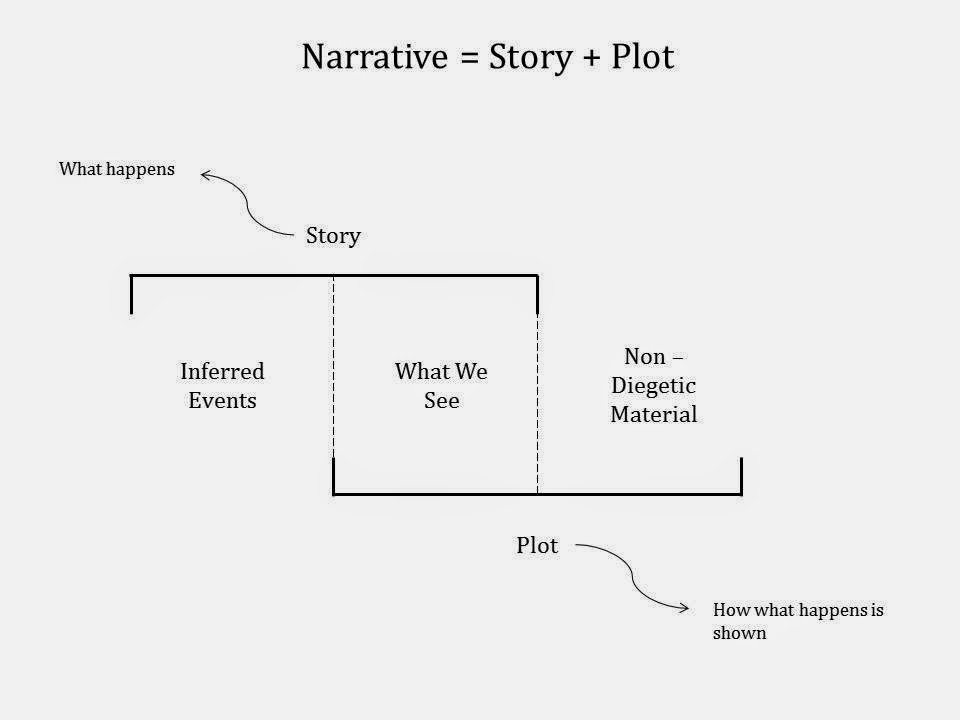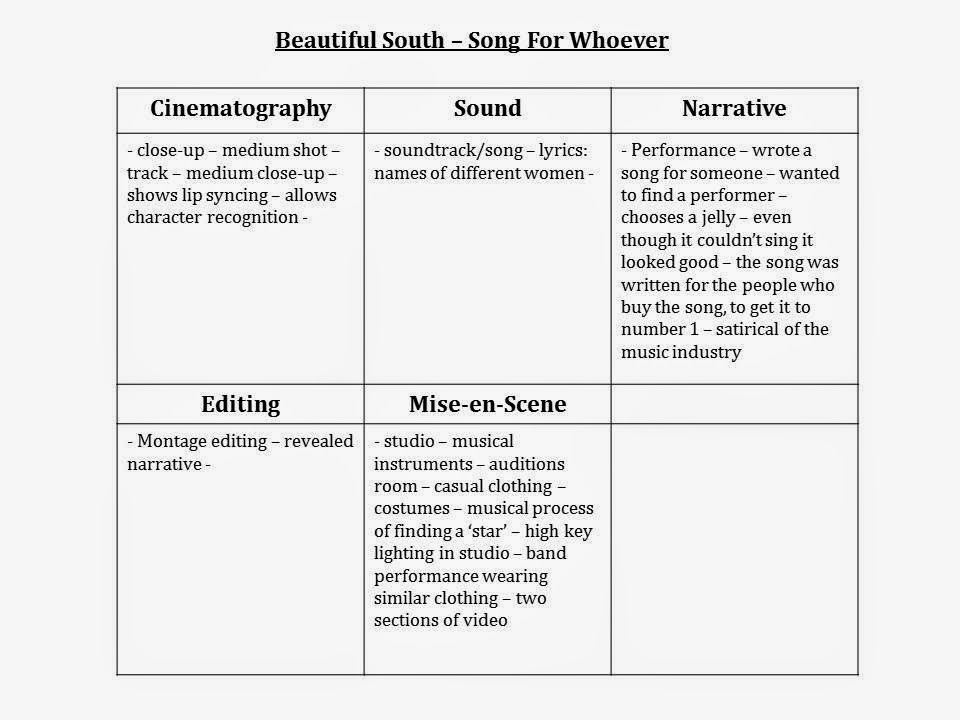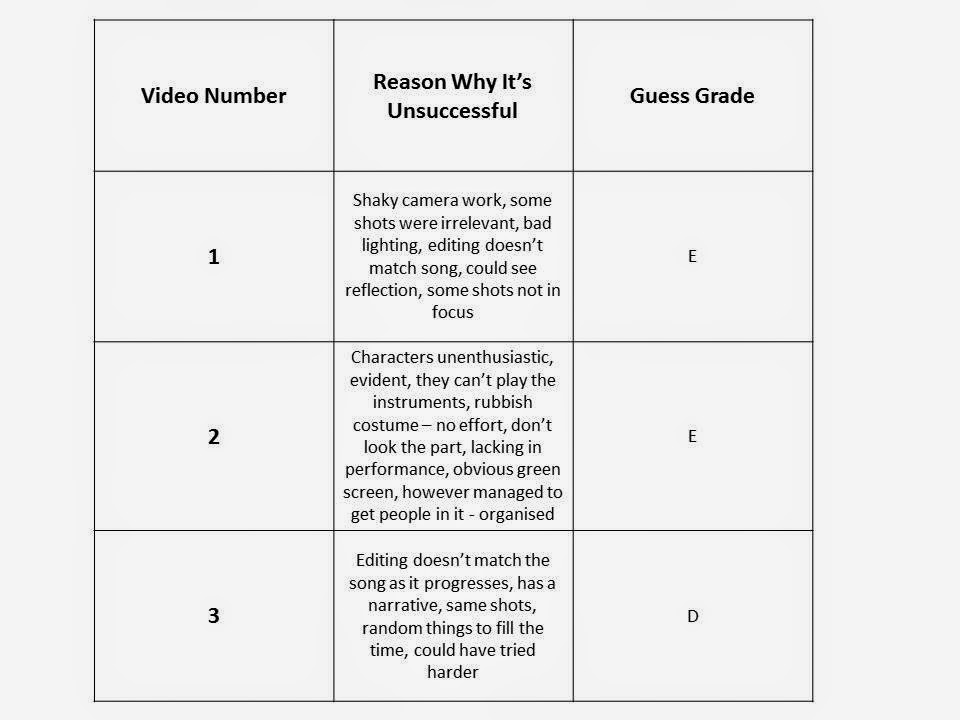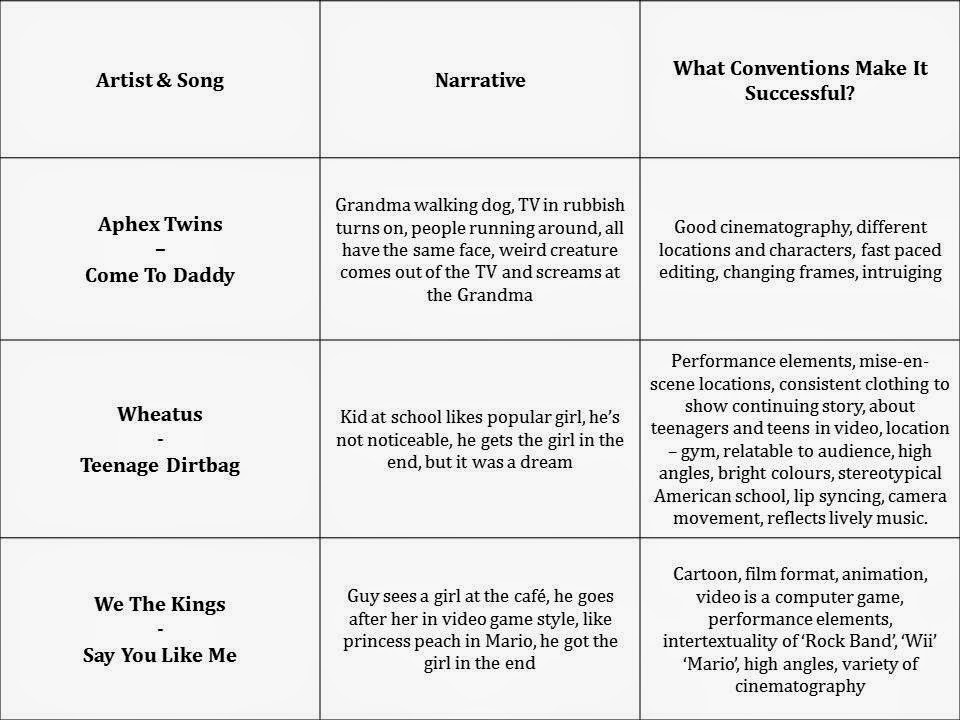Lesson Write Up – 30th September
2014
What is a stereotype?
·
A label or
overall group that we give or git people into based on their looks or
personality.
Stereotypes within college:
·
Art kids
·
Btec sport
Why do we stereotype?
·
Because
maybe we find it easier to deal with people on the basis of what we think they
are like compared to people we think are similar to them
The media reinforces stereotypes
Stereotypes aren’t simple.
·
Stereotypes
are assumptions we make based on groups of people
o
How do we
come to such conclusions?
o
What so we
base our assumptions on?
o
Are we
always correct with our assumptions?
Tessa Perkins – Stereotyping
·
Stereotyping
is not a simple process and contains a number of assumptions that can be
challenged.
·
Perkins
identifies 5 such assumptions
o
Stereotypes
are not always negative (e.g, the French are good cooks)
o
They are not
always about the minority groups or less powerful (e.g upper class twits)
o
They can be
held about ones own group
o
They are not
rigid or unchanging
o
They are not
always false
Not always negative:
·
People
assume that stereotypes are negative for example, young troublesome youths,
‘hoodie culture’, however youth can also be seen as positive
Not always about minority groups or less
powerful:
·
People
assume that stereotypes are aimed at and targeted toward the less powerful but
this is not always the case, we base our understanding on things we don’t know
about.
Can be held about ones own group:
·
Within our
group we stereotype people
Not rigid or unchanging:
·
Once a
stereotype has been created it is very hard to change, however Perkins states
that over a period of time they can change or develop.
Not always false:
·
Have to have
some truth in them otherwise where does it come from?
·
Read stories
in the media that help us understand stereotypes.
Implications of Stereotypes:
·
Stereotypes
are usually wrong
·
Negative
concepts
·
Groups with
whom we have little or no contact with
·
About
minority or repressed groups, most of the time creating a negative
representation of the lower class, probably giving the upper class more power.
·
People
‘hold’ stereotypes and believe them to be true, or do not. Can lead to wrong
assumptions
·
If people
hold a stereotype, his/her behaviour can change towards a member of a group.
Can lead to unfair treatment of members of society.
Examples of Assumptions:
Not about minority: MP’s cheat on
expenses (expenses scandal)
Held about ones own group:
inmates in prison
Not rigid or unchanging:
representation of gay people
Not always negative: nerds are
smart






